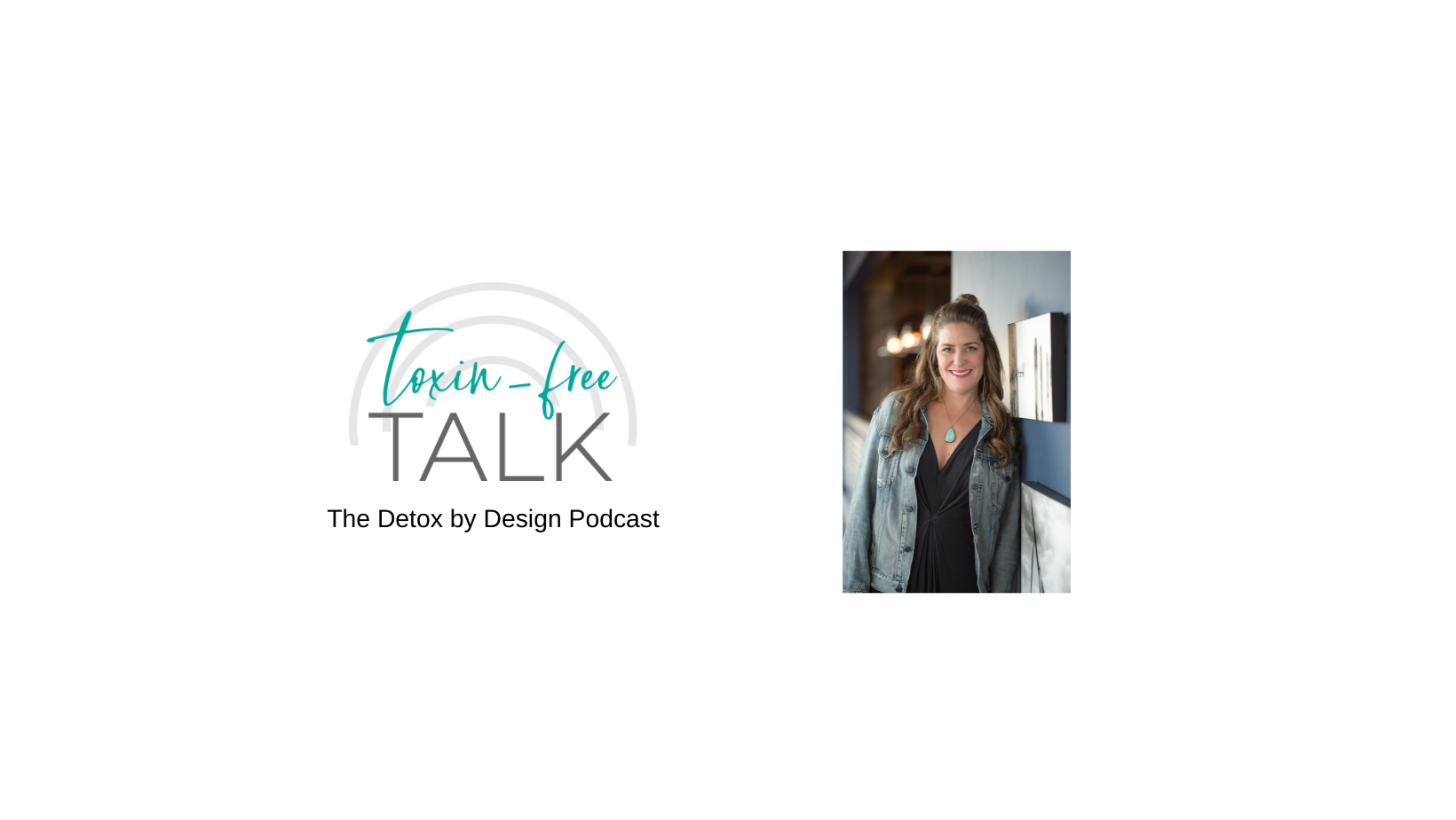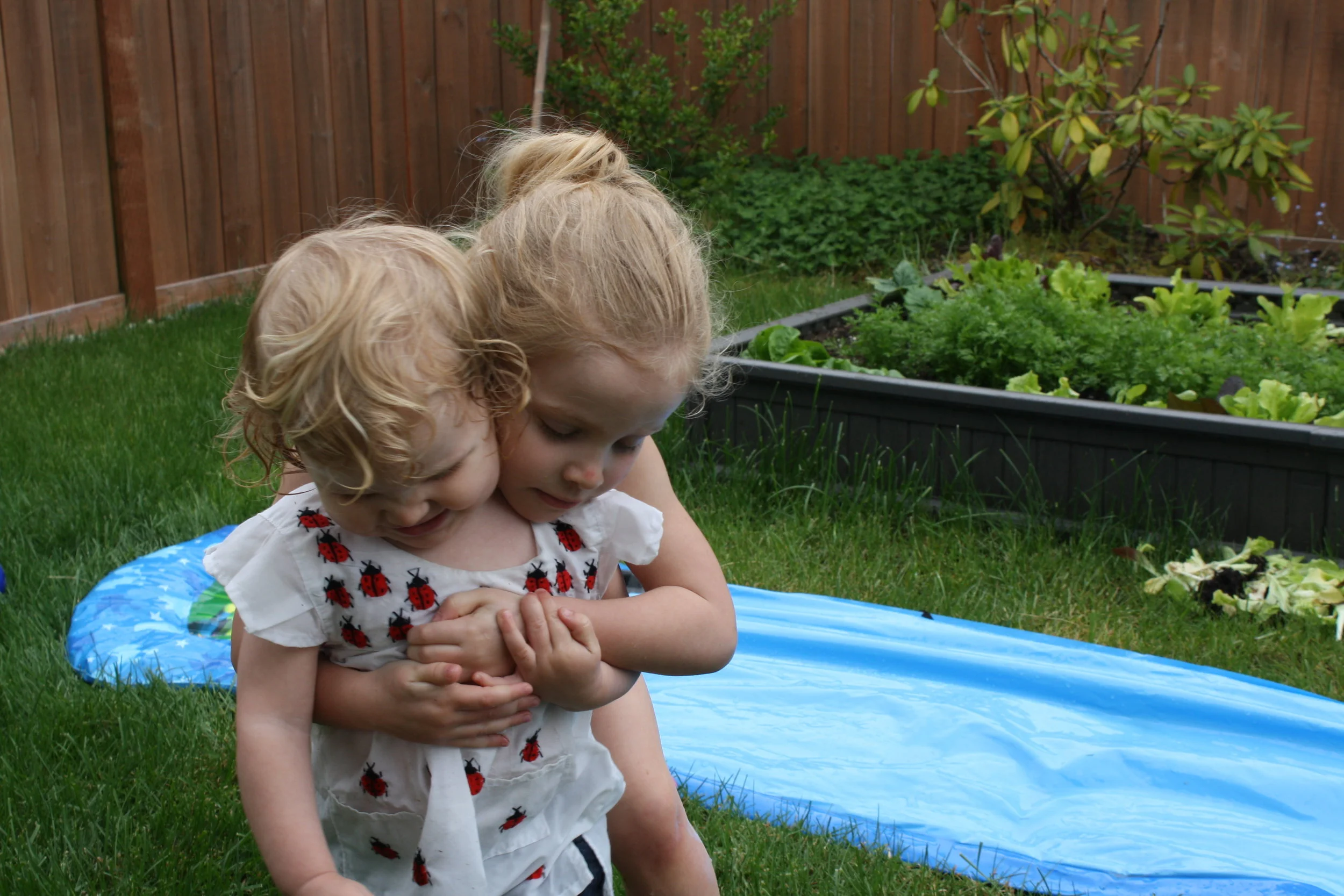My oldest daughter just turned 13 on Friday. 13!
My interest in toxin free living snowballed after she was born. I was scared by the recent recall of lead in toys. Yes, you read that right. Lead in the toys that my baby was putting in her mouth. I continued to learn more about the harmful toxins that we unintentionally expose our kids to. Like flame retardant pajamas. Sounds safer, right?
Wrong!
The most common chemical used in flame retardant pajamas is polybrominated diphenyl ethers, an endocrine disruptor.
Endocrine disrupting chemicals (EDCs) deserve way more than one blog post, but I’ve been curious about how EDCs impact puberty. After all, I have a couple of daughters who are going through that developmental stage.
What are Endocrine Disrupting Chemicals?
Let’s start with what they are. EDCs are natural or synthetic environmental chemicals that mimic hormones. They are introduced to the body through the air, water, and food. They can also be found in furniture and items used within the home or office. Additionally, EDCs can be transferred to the infant via the placenta and through breastmilk. They especially interfere with reproductive hormones and thyroid hormone (important for development of the brain and nervous system).
How do Endocrine Disrupting Chemicals affect the body?
EDCs can harm every organ in your body and have been linked with male and female reproductive disorders, obesity, diabetes, neurological problems, immune and thyroid disorders, osteoporosis, Parkinson’s disease, and hormone-related cancers. The strength and breadth of linking EDCs to chronic disease has been compared to the evidence linking smoking with lung cancer. (https://www.endocrine.org/topics/edc/why-you-should-care)
Since we’re focusing on puberty here -
EDCs can negatively affect breast development. Rapid mammary gland development happens at three stages- in the womb, around puberty, and during pregnancy.
Disruption of normal development caused by EDCs at any or all of these stages can cause abnormal development, impact breast cancer risk, and impair lactation.
For males, breast development occurs in utero and is stopped by a surge of androgen right before birth. In rodents, anti-androgenic EDC exposure has caused reversal of this response in males. (10.1007/s10911-013-9275-7)
This basically means that EDCs can prevent the body’s natural response to stop breast development in boys. Scary, right?
How do Endocrine Disrupting Chemicals impact puberty?
Puberty onset and course is controlled by the neuroendocrine system.
“Factors affecting the timing and regulation of the functions of this system may alter the onset and course of puberty.” (10.4274/jcrpe.v3i1.01)
Because they act like hormones, EDCs can influence puberty. EDCs can affect the hormone system agonistically or antagonistically and can affect puberty in an estrogenic, antiestrogenic, androgenic, antiandrogenic manner or through directly affecting the gonadotropin-releasing hormone (GnRH).
I’m not an endocrinologist, and I’m guessing you aren’t either...so what does this all mean? Summed up, it basically means that EDCs can cause early or delayed puberty, or may lead to sexual differentiation disorders.
There are natural endocrine disruptors, like phytoestrogens, found in food we eat every day. Coffee, carrots, legumes, cherries, garlic, apples, to name a few. But these are considered weak in comparison and must be consumed in massive amounts to have estrogenic effects.
Synthetic endocrine disruptors on the other hand, are different. Here’s a story about one of the most well known EDCs, Diethylstilbestrol (DES). DES was used for years until it was banned from production and marketing in 1997. It was used for pregnancy toxemia and preterm labor. However, there were some major issues found. Mothers exposed to DES had a twofold increase in breast cancer and for female infants exposed through their mothers, a higher rate of cervical cancer, ovarian germ cell cancer, cervical or vaginal dysplasia, and vaginal clear-cell adenocarcinoma. (J Clin Res Pediatr Endocrinol. 2011 Mar; 3(1): 1–6.)
Where are endocrine disruptor chemicals commonly found?
Many chemicals in everyday products are likely EDCs.
Parabens, phthalates and BPA (bisphenol A) are examples of EDCs you’ve probably heard of.
EDCs are often found in:
Pesticides, fungicides, and herbicides
Cleaning products
Cosmetics
Dyes
Plastic found in toys, bottles, food containers, lining of canned food, and cash register receipts
Flame retardants used in clothing, furniture, and flooring
How can I avoid Endocrine Disrupting Chemicals:
Eat organic and fresh food as often as possible
Say “no” to canned food and beverages which often have an EDC lining. (Even BPA free linings often contain other chemicals that might be worse.)
Avoid exposure to gardening and cleaning chemicals
Reduce your exposure to EDCs in beauty and personal care products
Wash your hands and dust and vacuum often - this will remove the EDCs commonly found in furniture, electronics, and other products in the home.
Stop using fragrances and don’t use products that include the ingredient “fragrance” or “parfum”
Reduce the amount of plastics you buy and use
I hope this article has you feeling informed and ready to make healthier choices to reduce your EDC exposure.
Wishing you health and love friends!











